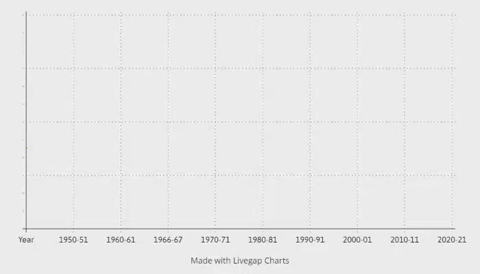
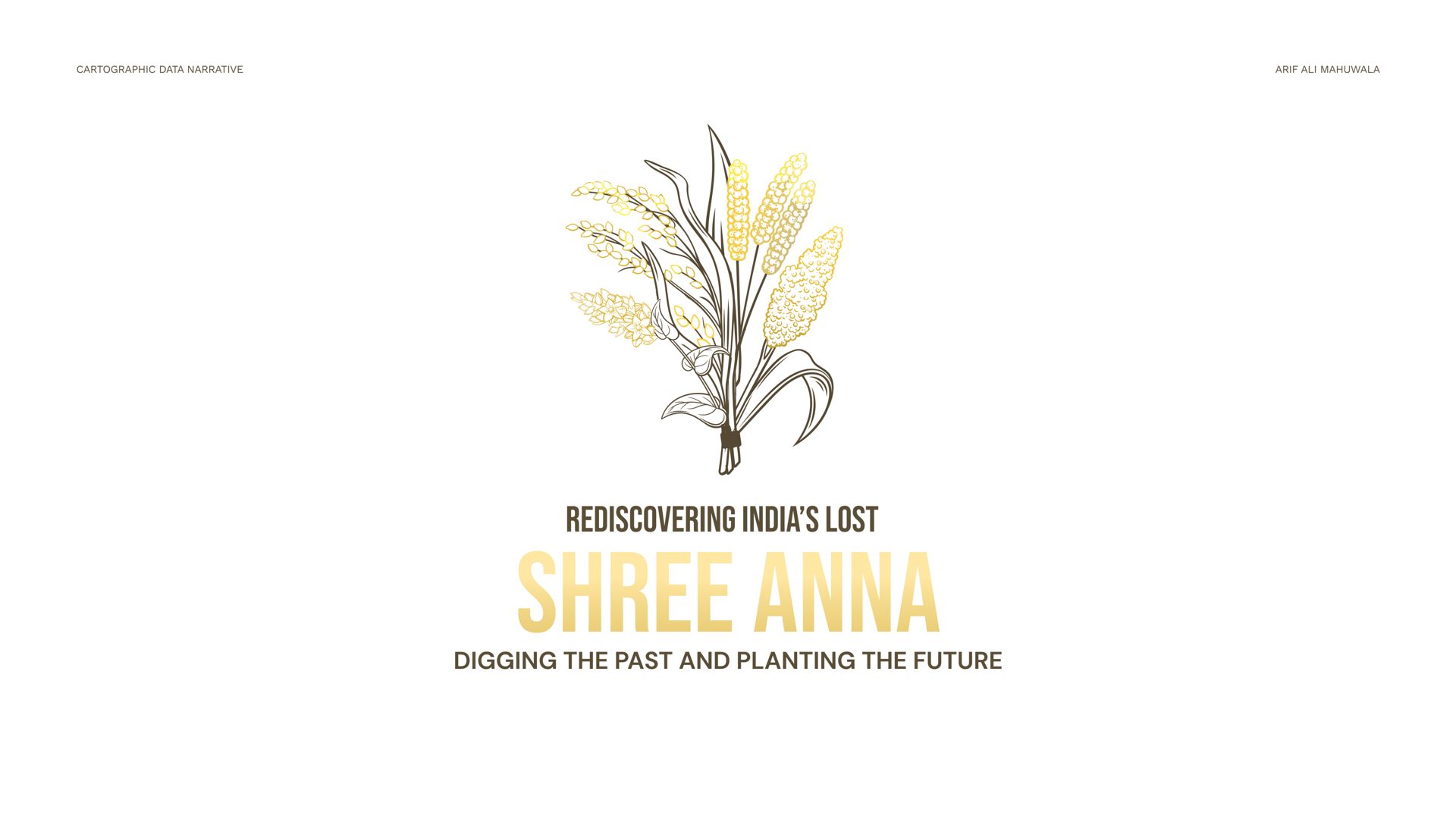
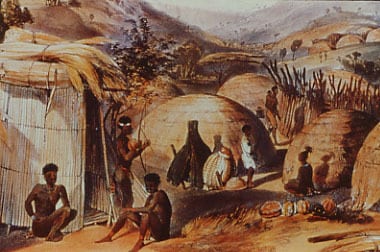
How did farming start in Africa?
Food production in Africa took a unique path compared to other regions like the Near East and East Asia. While those regions saw a shift from sedentary foragers to farmers around the start of the Holocene, Africa's journey was different. Here, mobile herding played a central role initially, with crop domestication happening much later in several scattered locations across the southern Sahara, Sahel, and Ethiopia.
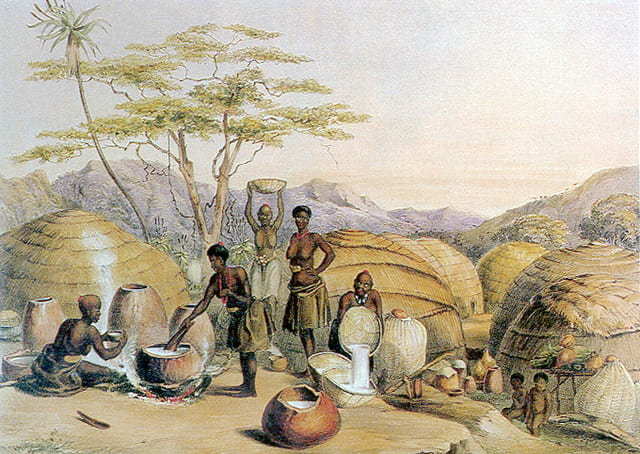
Which type of millets originated in Africa?
Five distinct regions across Africa served as birthplaces for various crops. These crops spread far and wide, not just within the continent but also reaching southern Africa by the year 1000 AD (Mitchell, 2002; Boivin et al., 2013). Even more remarkably, they arrived in the Indian subcontinent as early as 2000 BC (Fuller, 2003; Fuller & Boivin, 2009). The major focus is on four key crops: pearl millet, sorghum, finger millet, and cowpea. Pearl millet originated in the West African Sahel, with evidence suggesting its domestication around 2500-2000 BC in northeast Mali (Kahlheber & Neumann, 2007; Manning et al., 2011). Sorghum likely originated in the northeastern Sudanese savannas before 2000 BC (Stemler et al., 1975; Beldados & Costantini, 2011; Fuller, 2014). The origins of finger millet are less clear, but it was likely first cultivated somewhere between the Ethiopian highlands and the Great Lakes region of eastern Africa.
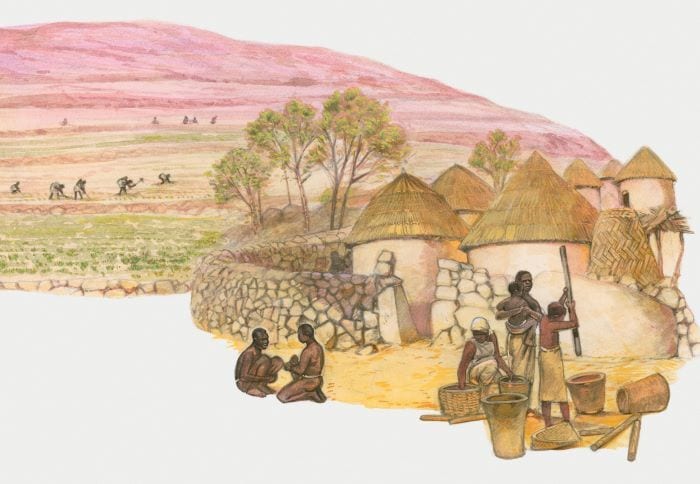
How did millets spread in Africa?
Archaeologists often link the spread of agriculture in eastern Africa to the "Bantu expansion," a large-scale migration of Bantu-speaking people from West Africa . This theory is based on historical language studies and pottery styles, rather than direct evidence of crops and animals. Bantu-speaking populations are argued to have begun dispersing out of their linguistic and cultural homeland in West Africa, specifically in the Nigeria-Cameroon border area, around 2000-1000 BCE, reaching southern Africa by 500 CE (e.g., de Filippo et al., 2012).
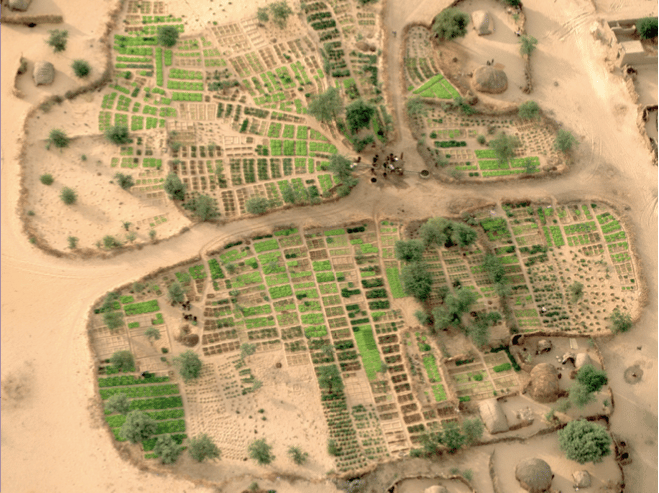
How the migration and crops reached the south?
The Bantu migration, a major population movement, is believed to have taken two main paths: 1. Western Stream: This route carried a mix of farming practices, including growing yams alongside tree crops like Canarium nuts. It headed south towards the Congo region. 2. Eastern Stream (slightly later): This route introduced ironworking, cereal agriculture, and domesticated animals. It followed the Great Lakes region (a secondary dispersal point), then moved to the east coast and islands, and finally reached southern Africa. Coinciding with the Early Iron Age: This period saw the first appearance of ironworking and specific pottery styles associated with the Bantu migration: Urewe pottery: Found in the Great Lakes region (around 500 BCE - 700 CE). Kwale pottery: Found on the east coast and its hinterland (around 100 CE - 600 CE).

How millets reached India from Africa?
Thousands of years ago, Africa gifted India three valuable crops: jowar, pearl, and ragi millets. These drought-resistant summer crops arrived around 3000 BP, perfectly suited to India's hot, dry climate. Archaeological evidence, especially from Gujarat, shows their introduction and domestication during the Indus Valley Civilization. By 2000 BP, their cultivation intensified. The exact route of their arrival remains debated, but likely involved trade and exchange, possibly across the sea or through ancient land routes. While most evidence comes from Gujarat, traces have been found in Pakistan as well, hinting at a wider spread. These African millets became a staple food in India, a testament to the fascinating exchange of agricultural knowledge across continents.

How millets became an integral part of Indian traditions?
The Indus Valley Civilization Archaeological excavations at Harappan sites have unearthed charred plant remains, including millet grains. Grinding stones, which were used for processing grains, have been discovered at Harappan sites. A report showcases eight distinct types of millets retrieved from various archaeological excavation sites, encompassing regions like Bihar, Maharashtra, Uttar Pradesh, Gujarat, Punjab, and Karnataka. Millets played a role in the Vedic period of India. The Rigveda mentions them as gifts and offerings, while the Yajurveda notes their use in rituals and fuel. Specific types like Shyamaka and Anu are mentioned as offerings and even food for some groups. This suggests millets held both practical and symbolic importance in ancient India.

How millets became an integral part of Indian traditions?
The Indus Valley Civilization Archaeological excavations at Harappan sites have unearthed charred plant remains, including millet grains. Grinding stones, which were used for processing grains, have been discovered at Harappan sites. A report showcases eight distinct types of millets retrieved from various archaeological excavation sites, encompassing regions like Bihar, Maharashtra, Uttar Pradesh, Gujarat, Punjab, and Karnataka. Millets played a role in the Vedic period of India. The Rigveda mentions them as gifts and offerings, while the Yajurveda notes their use in rituals and fuel. Specific types like Shyamaka and Anu are mentioned as offerings and even food for some groups. This suggests millets held both practical and symbolic importance in ancient India.